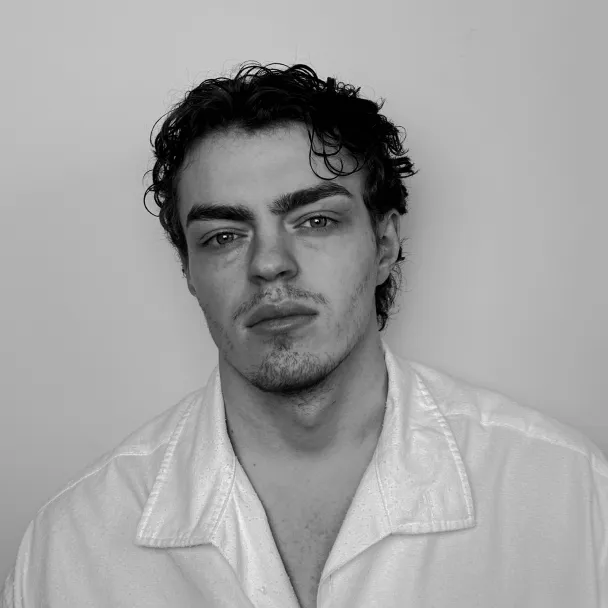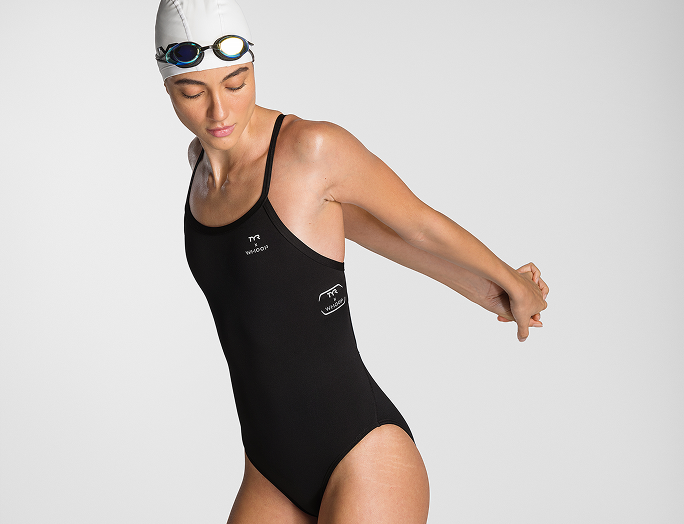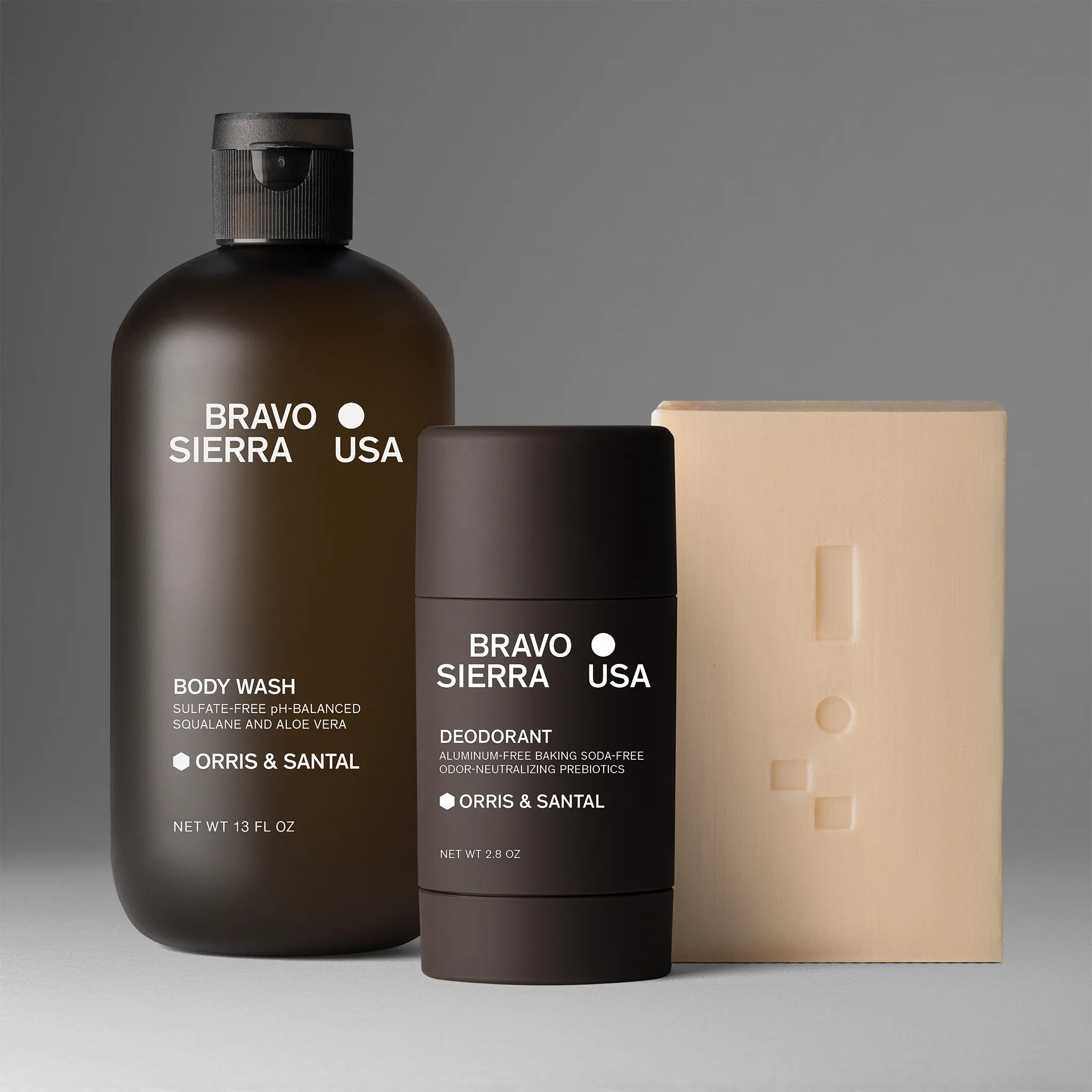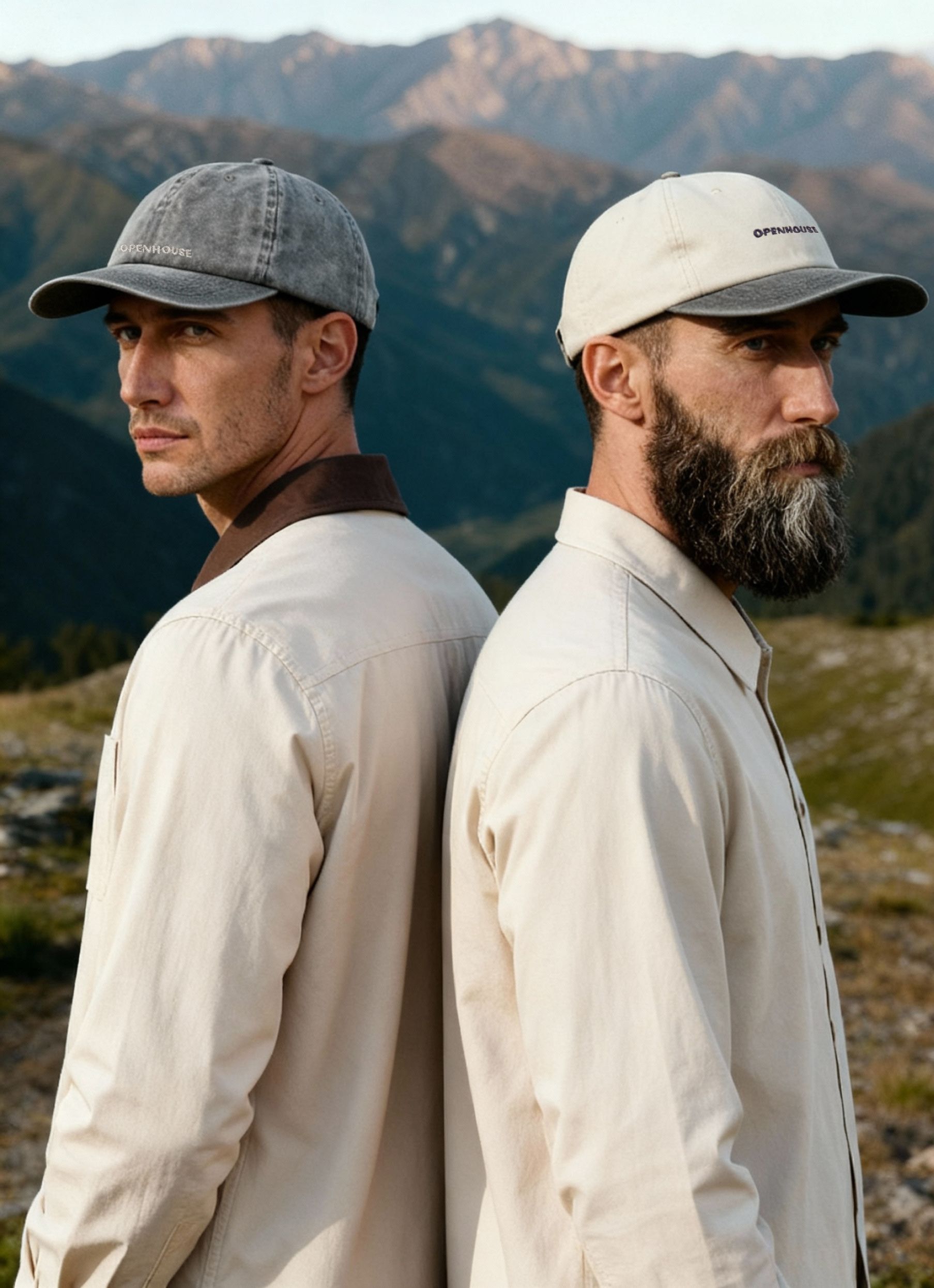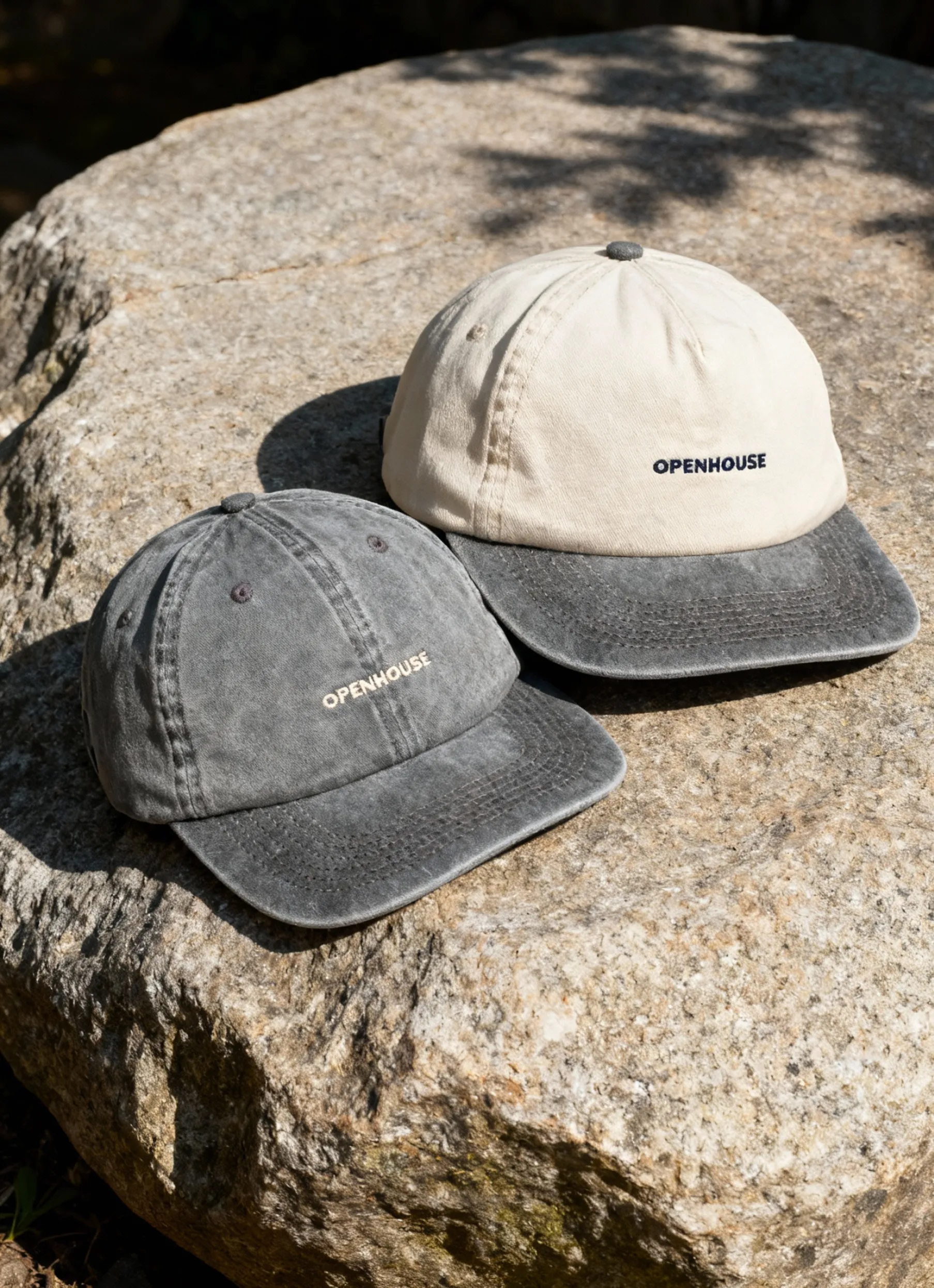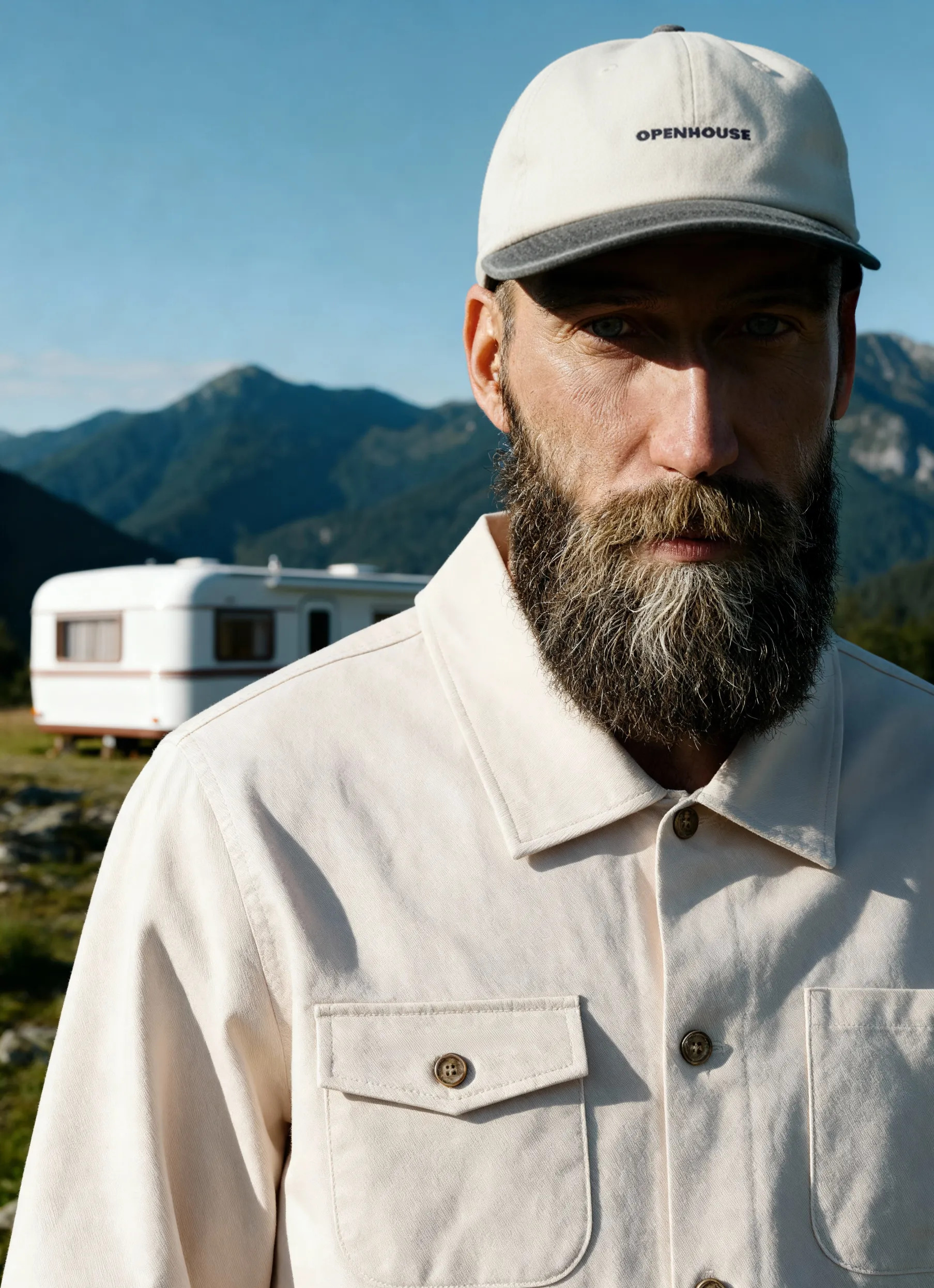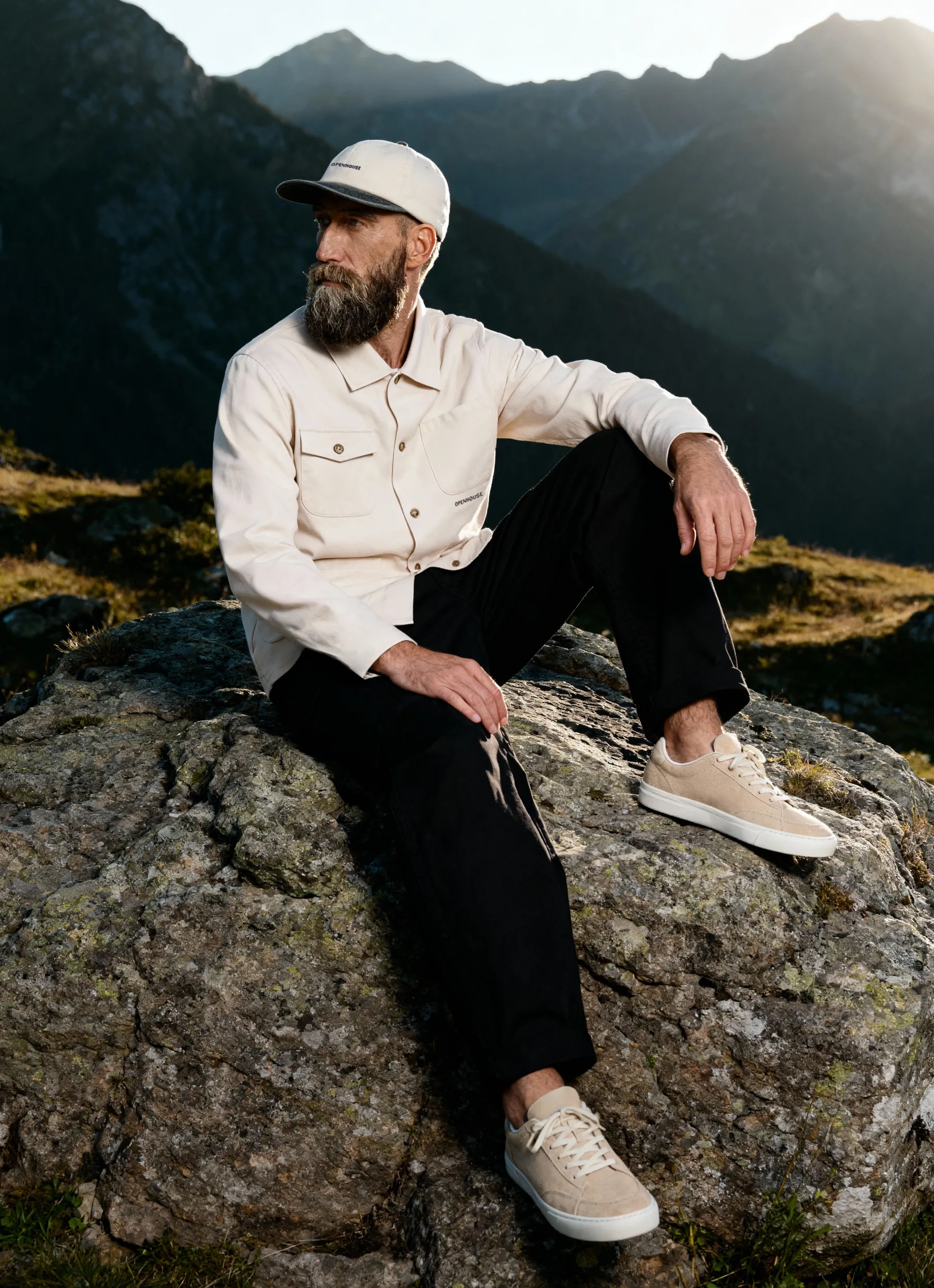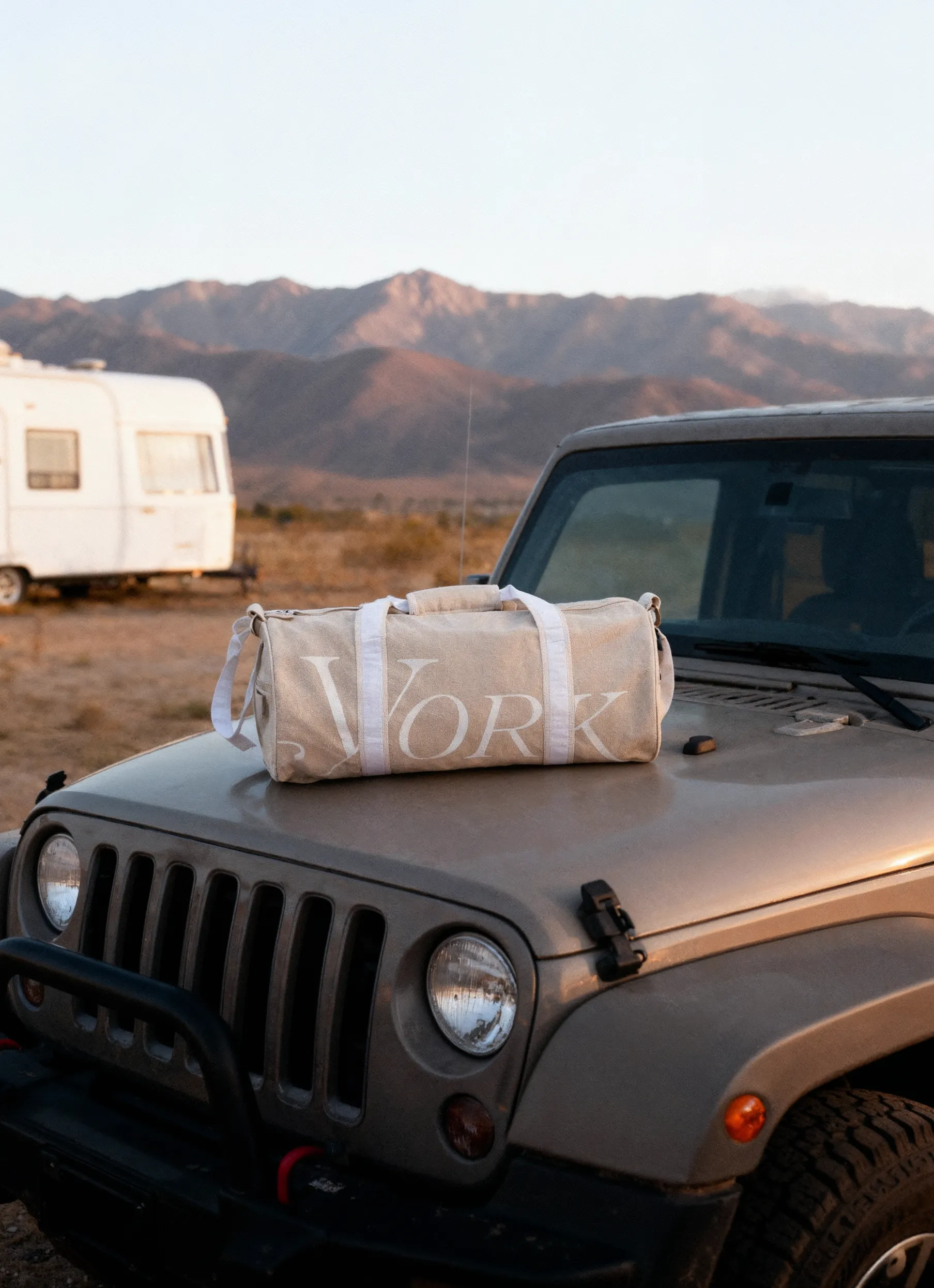The best equipment for product photography is not necessarily the most expensive one. And this is one of the very few instances when the words “professional product equipment” and “expensive” are separated by the negative particle “not”. So, enjoy the rare moment.
Are you opening a professional photo studio?
Looking to DIY your first shoot as a starting e-commerce entrepreneur?
Or you want to know some basics about product photography tools to kick off your career in the field.
Just give us 5 minutes for a 360-degree overview of the topic. We plan to share the insider information generously, arming you with links, brands, and our personal favorites.
Let's make this article a macro shot, allowing you to see both the beauty and imperfections of the subject.
Zoom Out: The Big Picture on Product Photography Equipment
At a glance, photo gear is best classified by the functions it performs, as several interchangeable devices serve the same purpose.
This is the big picture breakdown:
- Core equipment used for shooting: the camera and the lens.
- Product photography relies heavily on lighting and supporting tools, such as reflectors and diffusers.
- Tripods, grips, and C-stands help support the camera and other equipment, which contributes to a smooth process and high-quality results.
- Finally, there are small but essential tools that every reputable studio relies on, such as tape, clamps, and fishing lines, for cleaning, marking, and securing objects before the shoot.
You cannot do without the first two: the camera and the lens. The rest, you can DIY somehow or get away with some used old items. Needless to say, product photography is fundamental to sales dynamics in e-commerce, so we suggest prioritizing the purchase of professional photo equipment as a top priority.
Now, let's zoom in on each of the enumerated categories.
Cameras for Product Photography

The number of sponsored and genuine reviews on YouTube that explain the difference between DSLR and mirrorless cameras is endless, so a quick YouTube search will give you a good understanding of the topic. Long story short: while DSLR cameras used to be the golden standard for many professional photographers, mirrorless camera technology is catching up rapidly.
Suppose you choose a mirrorless, lightweight Sony or Fuji, splurge on a legendary DSLR, such as the Nikon 850, or opt for a more affordable Canon EOS 5DS. In that case, there are a few things to look out for when choosing your first product photography camera:
- Resolution — minimum 20 megapixels
- Ability to attach the interchangeable lens
- A hot shoe mount to attach a flash unit or a microphone
- Option to tether a camera to a computer at the time of the shoot
It's perfectly okay to buy a camera in the $1500 range to start with, as a beginner is not yet versed enough to take full advantage of all the features of a $2,000-3,000 camera. The used camera market is vast, as people continually upgrade their devices, so there is no problem in leveling up when your skills are on par.
Generally, it's advisable to consider a camera with a CMOS sensor (stands for Complementary Metal-Oxide-Semiconductor; In cameras, it refers to the type of image sensor used to capture light and convert it into electrical signals to form a digital image) for producing high-quality product images. Not only do these sensors hold the battery longer than their CCD counterparts (Charge-Coupled Device is an image sensor used in older and high-precision cameras. Known for excellent image quality and low noise, it's slower and less energy-efficient than modern CMOS sensors), but they provide a better Depth of Field – meaning the larger plane of objects is in focus. The bonus part of the deal is that CMOS sensors are found in the cameras on the lower end of the price spectrum.

Here are Squareshot's top favorites, which we are using or have used in the past to produce the top results for our clients:
Canon EOS R8

- Sensor: 24.2 MP full‑frame, Dual Pixel CMOS AF II
- Processor: DIGIC X
- Burst Speed: Up to 40 fps (electronic) or 6 fps mechanical
- ISO: 100–102 400 ( expandable native to 50, max to 204 800)
- Video: 4K60 (10‑bit internal, oversampled from 6K), 180 fps Full HD
- No in‑body stabilization, but uses lens-based IS
- Price: ~$1,599 body only
A nimble full-frame hybrid that outperforms many DSLRs — ideal for product, portrait, and video content without breaking the bank.
Nikon Z6 II

- Sensor: 24.5 MP full‑frame BSI CMOS
- Burst Speed: 14 fps
- Video: 4K30 (DX) / 4K60 (with crop), 10‑bit output
- IBIS: 5‑axis, up to 5 stops
- ISO: 100–51 200 ( expandable)
- Price: $1610
A strong all-rounder with proven reliability and in-body stabilization — a solid alternative to the R8 if you want IBIS and robust body features.
Sony α7 IV (ILCE‑7M4)

- Sensor: 33 MP full‑frame
- Burst Speed: 10 fps
- IBIS: 5‑axis
- Video: 4K60, 10‑bit, S‑Log3
- ISO: 100–51 200
- Price: $2500
A more advanced hybrid with higher resolution, stellar IBIS, and video prowess — great for both stills and pro-grade video.
Remember the general rule we mentioned in the very first paragraph?
A quality lens produces a higher ROI than an expensive camera, given the significant impact on the final result. If you have to save, save on the camera, not the lens.
Why the Right Lens Is Worth Every Penny
Now that we have put some pressure on you about the significance of the lens in product photography let us do our due diligence and share a few tricks that will come in handy during the selection process:
- Ensure the lens mount is specifically designed for your camera. Not only do the brands have signature mounts, but they may also have a few series, so be sure to triple-check if the mount matches well with your camera.
- Pay attention to focal length, which is usually measured in millimeters (mm). The ideal size for a perfect product photography lens is 80-100 mm, but the entire range of 50-150 mm may be considered, depending on multiple other factors.
- When it comes to lenses, a magnification of 0.5-1.2X is usually a golden medium for shooting objects, with macro lenses typically offering a 1:1 ratio.
- Lens speed, or aperture, is a crucial technical specification of any lens that indicates how much light can pass through the lens. Recommended parameters for taking images of still life are typically in the higher range, such as f/8 or f/11.
- Prime lenses are preferred over zoom lens models in this segment, as they provide a sharper image and eliminate the risk of lens diffraction.
Although we mention that premium lenses matter more than pricey cameras, you can still get away with an inexpensive lens in the 18-135 mm range and one macro lens.
Your average working focus distance ranges from 50 to 120 mm, and we recommend a higher F-stop setting for your diaphragm opening (e.g., f/8, f/11) to allow less light to pass through the lens and achieve a greater depth of focus.
The best lenses for creating product images are listed below.
Canon RF 85 mm f/2 Macro IS STM
- Focal Length: 85 mm
- Max Aperture: f/2 (slightly slow but sharp)
- Macro Magnification: 1:2 (0.5x)
- Image Stabilization: yes
- Price: $649
Reviewers praise its sharpness and smooth bokeh. Autofocus is adequate for posed work, although not ideal for fast-action shooting.
Nikon Z MC 105 mm f/2.8 VR S
- Focal Length: 105 mm
- Max Aperture: f/2.8
- Macro: 1:1
- VR: yes
- Price: $1 050
Outstanding clarity and image stabilization — ideal for product and tight-wound detail shots.
Sony FE 90 mm f/2.8 Macro G OSS
- Focal Length: 90 mm
- Max Aperture: f/2.8
- Macro: 1:1
- OSS: yes
- Price: $1 100
Renowned for its razor-sharp detail and reliable autofocus in mirrorless formats, it is a go-to lens for product work.
Lens Tips
Below is the list of things to pay attention to when choosing lenses:
- Mount compatibility: RF with Canon R-series, Z-series with Nikon Z, and FE for Sony full-frame. Use mounts, not adapters, for best performance.
- Ideal focal lengths: 85–105 mm for products — this provides flattering compression and depth.
- Magnification: 0.5X (1:2) okay for larger items; 1:1 preferred for close-up detail.
- Aperture: f/8–f/11 for tabletop shots yields sharp focus through depth.
- Prime vs. zoom: Primes (like these macros) offer sharper optics and faster apertures—ideal for studio clarity.
Best Tripods for Steady Results
Product photography tripods come in various shapes and sizes, as well as a range of price points. Some rather decent specimens of this category start at just $40, and they relieve a lot of stress for photographers.
If the professional lens is the luxury you can't afford to have, the tripod is just as fundamental to the process, with options starting at the cost of a few lattes.
You need a sturdy, durable, and tall enough tripod with all the necessary arms and heads for your mission. Not all models come with the same features, so consider a few options from this perspective. If it features a horizontal arm and central column, this will be particularly useful for taking product photos.
These are our recommended picks:
K&F Concept 93''/2.4m Overhead Tripod with Horizontal Arm

- Max height: 93 inches (great for overhead shots!)
- Horizontal arm with 360° rotation — ideal for flat lays
- Lightweight aluminum alloy build
- Converts to a monopod
- Quick-release plate and ball head included
- Price: $127
Extremely versatile and built with product photographers in mind — especially useful for top-down and flat lay shots.
Manfrotto 055 Aluminum 3-Section Tripod with Horizontal Column

- Max height: 66.9 inches
- 90° horizontal center column mechanism
- Quick Power Lock system for fast setup
- Supports up to 19.8 lbs
- Ideal for heavy cameras and large lenses
- Price: $499
A professional-grade tripod is used in many studios. Incredibly stable and great for precision work.
UBeesize 67'' Travel Tripod with Phone Mount

- Max height: 67 inches
- Lightweight, compact, travel-friendly
- Includes smartphone adapter
- Ball head with 360° swivel
- Best for light gear or hybrid creators (phone + camera)
- Price: $43
A perfect starter option if you're new to product photography or working on a tight budget. Stable enough for lightweight DSLRs or smartphones.
What to Look for in a Tripod for Product Photography
- Horizontal arm or central column – essential for flat lays and overhead shots
- Height range – ensure it can go both low (for macro) and high enough for overheads
- Weight support – check the max load capacity for heavier DSLR/lens combos
- Ball head or pan head – gives flexibility in shooting angles
- Quick-release plate – saves time when swapping gear
- Stability – rubber feet, leg locks, and build quality matter more than price
Overlooked Tools That Can Save Your Product Shoot
C-stand with a knuckle and extension helps clamp onto acrylic, mirrors, and even lights.
Clamps are a ubiquitous assistant on the shoot – there's always something that needs to be hanging, fixed, or attached to something.
A hot glue gun will attach things in place with clear glue that is nearly invisible and is easily removed.
A can of compressed air can reduce post-production time if used regularly on glossy pieces, such as watches and rings, just before the shoot to remove any specks of dust.
Acrylic rods can help hold something up in the air – when used in combination with a hot glue gun, for example - and due to their transparency, they require minimal editing afterward.
Black electrical tape is also omnipresent in professional studios worldwide for its universal use: you can mark a spot on the table and fix or attach things with it.
Afterword
Equipment for product photography is indeed pricey. Yet, with cutthroat competition between top producers and mass-market Chinese manufacturers, numerous options are available in every price range. Moreover, marketplaces like Amazon make genuine user reviews your best guide when choosing the gear for your studio.
We recommend watching a few YouTube reviews for your shortlisted items to ensure you haven't missed any critical technical information.
But if your product photography needs don't exceed a few thousand shots per annum, your best ROI is to commission the job to a professional photo studio. Check out our product images portfolio for references.
Product A
SQUARE SHOT



